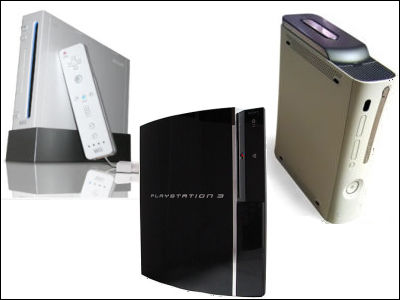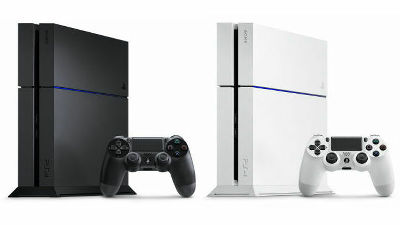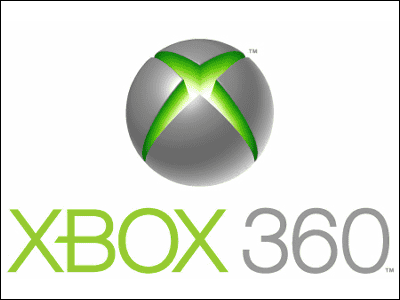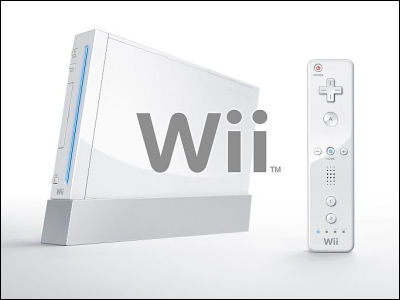Which Nintendo console had the most success in its first year? What about the Nintendo Switch 2?

For
Which Nintendo console had the biggest launch? Not the one you'd think… | Polygon
https://www.polygon.com/nintendo/602181/all-nintendo-console-launches-ranked
Polygon looked at sales figures for each Nintendo console for the first year after its release (specifically, the first four quarters). However, Nintendo only began reporting quarterly sales figures for its consoles in the mid-2000s, and older data is either only available annually or is difficult to obtain, so some figures are estimates. Polygon also notes that older consoles may have different launch dates in the three major markets (Japan, North America, and Europe), which may slow potential sales.
◆1st place: Game Boy Advance

First year sales: Approximately 18.1 million units
Total lifetime sales: 81.51 million units (5th place)
Release date: March to June 2001
◆ 2nd place:

First year sales: 15.03 million units
Total lifetime sales: 75.94 million units (6th place)
Release date: February-March 2011
Nintendo's two best-selling consoles (Nintendo 3DS and Game Boy Advance) have a clear pattern: they were the successors of two smash hit consoles (Game Boy and Nintendo DS) in a market where Nintendo had an overwhelming share of the handheld console market. After a decade of Game Boy dominating the market, Nintendo had high hopes for the Game Boy Advance, predicting an astounding 24 million units sold in the first year. Meanwhile, the Nintendo 3DS is the successor to Nintendo's biggest hit of all time, the Nintendo DS. Both sold well, but neither was a bigger hit than its predecessor.
◆3rd place:
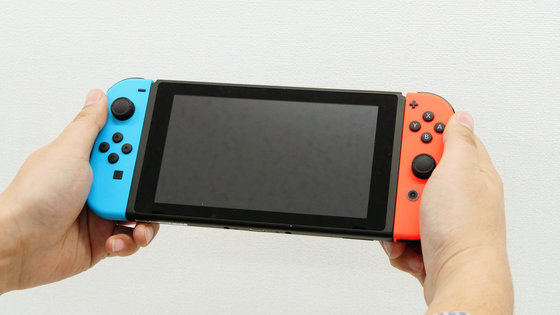
First year sales: 14.86 million units
Total lifetime sales: 152.12 million units (2nd place)
Release date: March 2017
◆4th place:
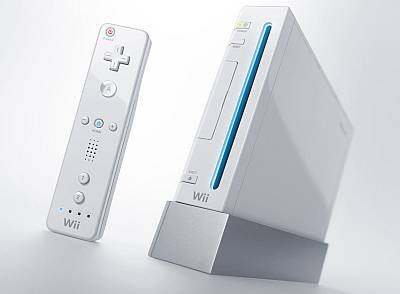
First year sales: 13.17 million units
Total lifetime sales: 101.63 million units (4th place)
Release date: November-December 2006
The Nintendo Switch and Wii sold over 10 million units in their first year, and over 100 million units in total. Both have amazingly stable sales figures every quarter, which is undoubtedly how Nintendo should do with all future hardware, and we can expect a similar sales pace for the Nintendo Switch 2, Polygon writes.
◆5th place: Nintendo DS
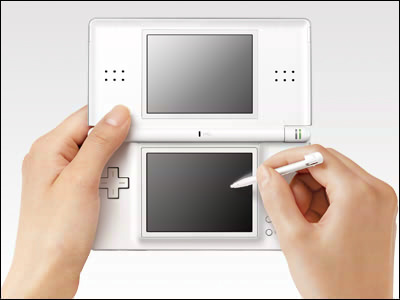
First year sales: 8.83 million units
Total lifetime sales: 154.02 million units (1st place)
Release period: November 2004 - March 2005
Considering that its predecessor, the Game Boy Advance, recorded explosive sales at the time of its release, it is surprising that the Nintendo DS did not get off to a very good start. However, Polygon points out that the launch titles were not that great and the design was quite strange, which may have greatly contributed to the Nintendo DS's sluggish first-year sales. Nevertheless, the Nintendo DS eventually gained a huge number of casual users.
◆6th place:
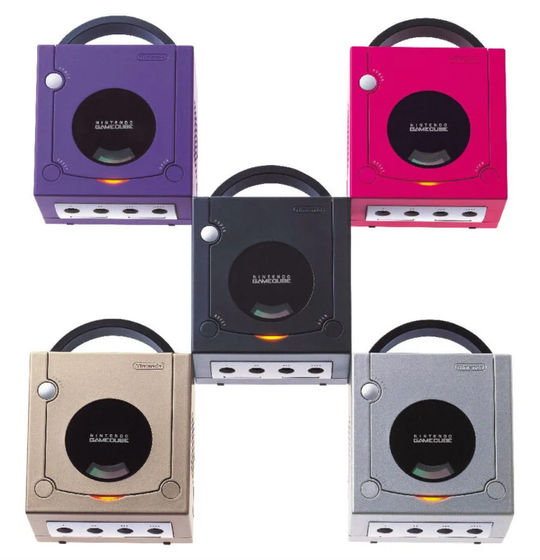
First year sales: 6.7 million units
Total lifetime sales: 21.74 million units (10th place)
Release period: September 2001 - May 2002
◆7th place:

By
First year sales: 5.8 million units
Total lifetime sales: 32.93 million units (9th place)
Release period: June 1996 - March 1997
The Nintendo GameCube and NINTENDO64, released during the era of the PlayStation, were Nintendo's home game consoles, and although they were fairly successful when they were first released, they went into a steady decline due to a lack of software support. The Nintendo GameCube sold 30% of the total number of units sold in its first year, which is a disappointing performance that exceeds even the Wii U.
◆8th place: Game Boy

by
First year sales: 3.93 million units
Total lifetime sales: 118.69 million units (3rd place)
Release period: April 1989 - September 1990
The Game Boy was an instant hit thanks to the high-priced acquisition of Tetris, but its first year sales before it made it into Europe were just 3% of the sales of the Game Boy and Game Boy Color.
9th place: Wii U

First year sales: 3.91 million units
Total lifetime sales: 13.56 million units (11th place)
Release date: November-December 2012
The Wii U is one of Nintendo's recent console failures, but it actually got off to a strong start and sold a lot of units, but then it went into a devastating decline and, excluding the holiday sellout, has had dismal sales numbers.
◆10th place:

By
First year sales: 2.9 million units (mainly in Japan)
Total lifetime sales: 49.1 million units (8th place)
Release period: November 1990 - June 1992
◆11th place: Family Computer
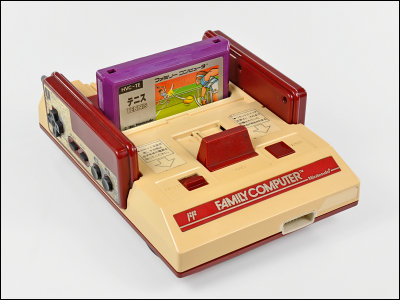
First year sales: 2.5 million units by the end of 1984 (Japan only)
Total lifetime sales: 61.91 million units (7th place)
Release date: July 1983 to 1987 onwards
Nintendo's early home video game consoles, the Family Computer and the Super Famicom, both got off to a strong start in Japan but took a long time to catch on in the West. The Family Computer wasn't fully released in the West until 1986, due to the company's cautious stance after the collapse of the video game bubble in the 1980s. Meanwhile, the Super Famicom struggled in the West, having been overtaken by Sega's Mega Drive.
◆12th place:

Total lifetime sales: 770,000 units
Release date: July-August 1995
Based on these data, Polygon noted, 'If Nintendo meets or exceeds its goal of selling 15 million Nintendo Switch 2 units in its first year, the Nintendo Switch 2 could become one of Nintendo's best-selling game consoles in history. Also, unless sales plummet within the first few months of release, it's unlikely to be a flop like the Wii U.'
In particular, Polygon mentions that the game consoles to compare the Nintendo Switch 2 with are the Game Boy Advance and the Nintendo 3DS, saying, 'Both are conservative, straightforward successors to games that were huge hits in market sectors that Nintendo completely dominated. Both have had decent cumulative sales, but they have not come close to the cumulative sales of their more innovative predecessors.' This suggests that the Nintendo Switch 2 may not reach the cumulative sales of the Nintendo Switch.
Related Posts:
in Game, Posted by logu_ii


